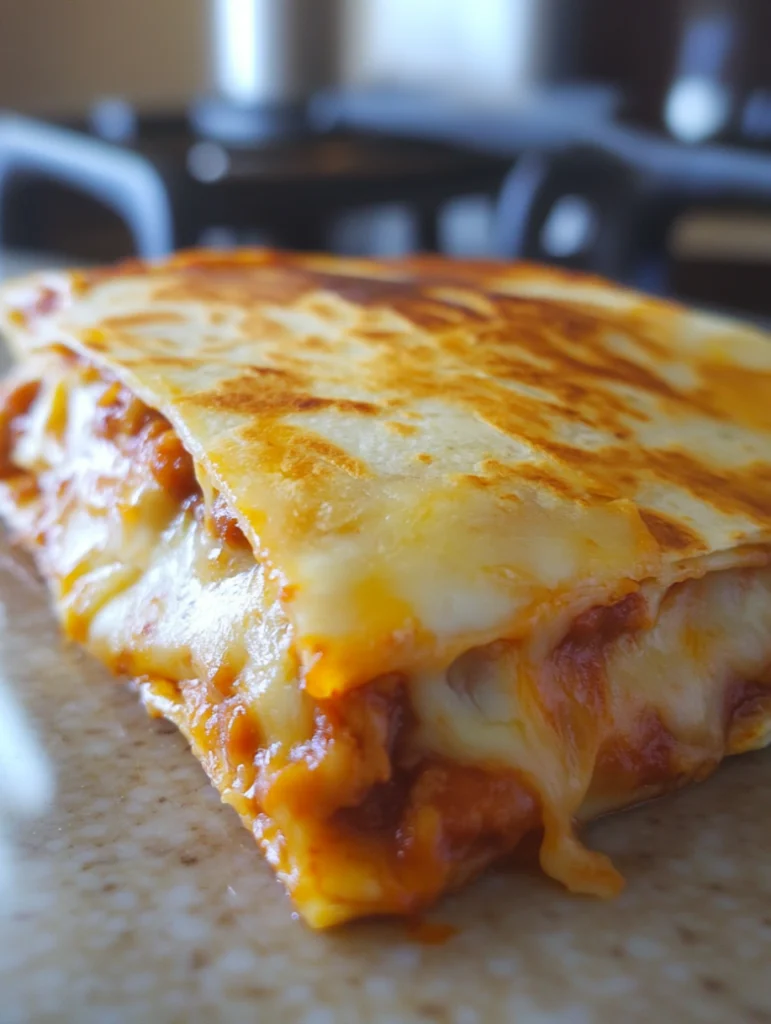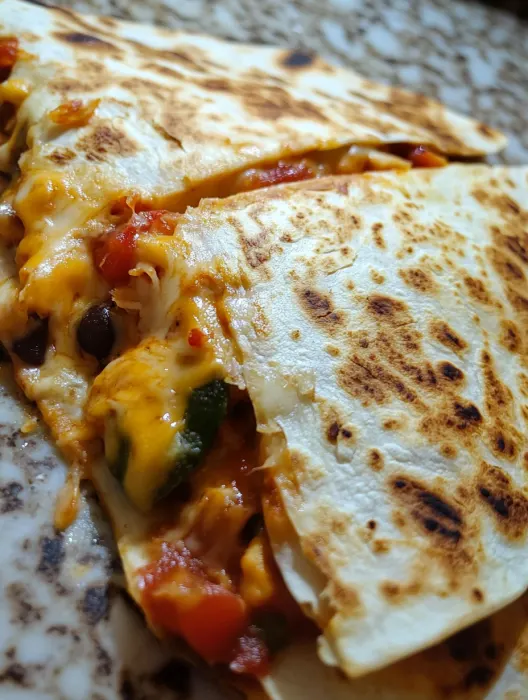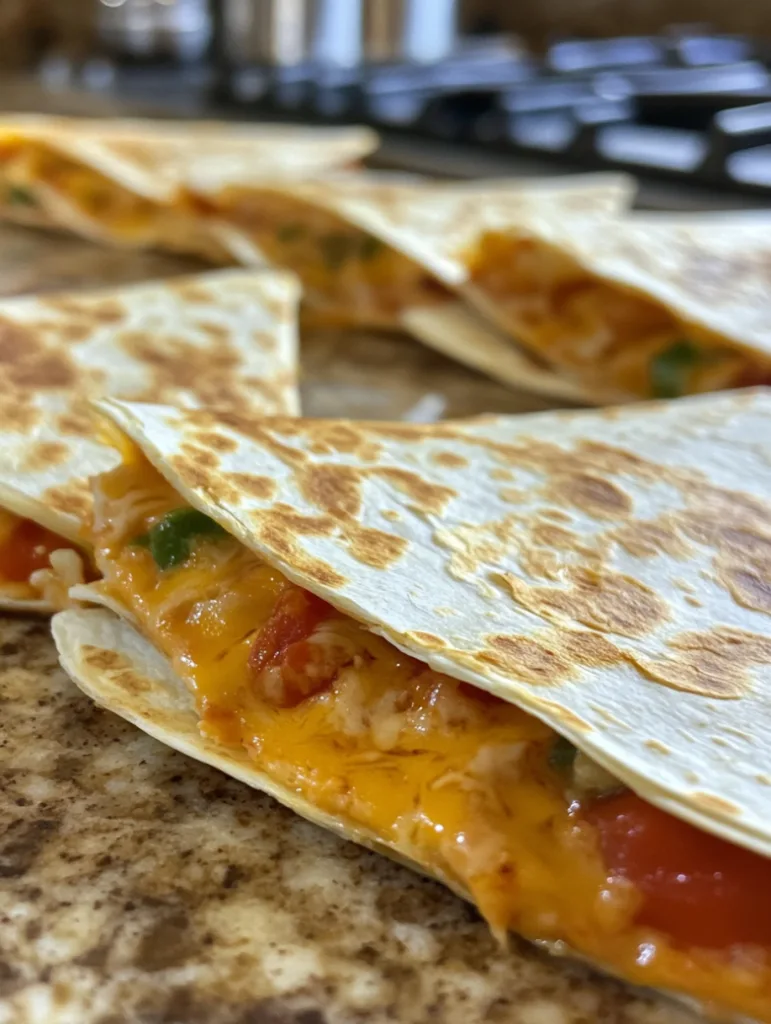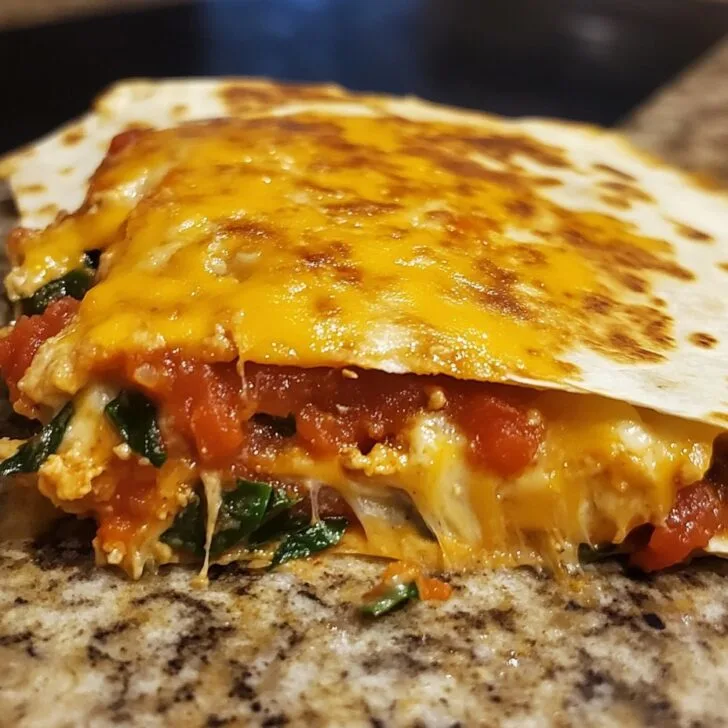Salvadoran Cuisine: A Melting Pot of Flavors
Embark on a culinary journey through Salvadoran cuisine, where the unique and delightful Quesadilla Salvadoreña takes center stage. This rich and diverse cuisine blends indigenous Pipil traditions with Spanish influences. Featuring staples like corn, beans, and squash from the pre-Columbian diet, it is further enriched by new ingredients and techniques from Spanish colonization. Moreover, for a comprehensive understanding of Salvadoran cuisine, including the famed Quesadilla Salvadoreña, Saveur’s guide to Salvadoran food offers an in-depth exploration.
Salvadoran food, known for its simplicity, uses fresh, locally sourced ingredients. Dishes like pupusas, the national dish of El Salvador, showcase this with their delightful combination of masa (corn dough) and fillings like cheese, beans, or loroco flowers. Additionally, the cuisine boasts savory soups, tamales, and diverse street foods, reflecting the country’s culinary diversity.
Amidst this rich culinary tradition stands the Quesadilla Salvadoreña, a unique and beloved sweet bread that embodies the essence of Salvadoran flavors. For those interested in exploring more unique recipes, check out the Walking Taco Bake, a fusion of comfort food and traditional flavors, which complements the diverse range of Salvadoran cuisine.
Quesadilla Salvadoreña: A Sweet Twist on a Familiar Name
Quesadilla Salvadoreña, despite its name, is not a quesadilla in the traditional Mexican sense. It is a unique Salvadoran sweet bread that stands out with its rich, dense texture and sweet, cheesy flavor. Made with a blend of Parmesan cheese, eggs, butter, and sugar, it’s a departure from the savory, tortilla-based quesadillas found in Mexican cuisine. The bread is often topped with sesame seeds, adding a subtle nuttiness to its flavor profile.
Typically enjoyed as a breakfast item or an afternoon snack, Quesadilla Salvadoreña is commonly paired with coffee, making it a staple in Salvadoran households. Its sweet and savory combination makes it a beloved treat, cherished by Salvadorans both in their homeland and in the diaspora. For a delightful breakfast idea, you might also enjoy the Delicious Egg White Bites Recipe, perfect for a healthy start to your day.

The Historical Roots of Quesadilla Salvadoreña
Quesadilla Salvadoreña’s origins, though enigmatic, likely evolved from Spanish and indigenous culinary traditions. The use of cheese in sweet bread, influenced by Spanish cheesecakes, is distinctive. Salvadorans adapted these influences, using local ingredients like rice flour and Parmesan cheese. This fusion created a dish that embodies El Salvador’s cultural blend.
The sweet, cheesy flavor surprises many first-time tasters. Its dense yet moist texture comes from a unique combination of ingredients like rice flour and sour cream. The addition of Parmesan cheese, unusual for sweet dishes, complements the sugar’s sweetness. This blend of flavors makes Quesadilla Salvadoreña stand out in Salvadoran cuisine.
Salvadoran families cherish the preparation of Quesadilla Salvadoreña, often baking it for special occasions. The recipe, passed down through generations, varies slightly among families. This tradition and family heritage contribute to its enduring popularity.
In summary, Quesadilla Salvadoreña represents El Salvador’s history and culture. Its unique flavor profile, rooted in cultural fusion, and its role in family traditions, make it a significant dish in Salvadoran cuisine.
For historical context on Spanish influence in global cuisine, check out History.com’s article on Spanish food.
The Traditional Recipe and Variations of Quesadilla Salvadoreña
The Classic Recipe: A Blend of Simplicity and Flavor
Quesadilla Salvadoreña’s origins, though enigmatic, likely evolved from Spanish and indigenous culinary traditions. The use of cheese in sweet bread, influenced by Spanish cheesecakes, is distinctive. Salvadorans adapted these influences, using local ingredients like rice flour and Parmesan cheese. This fusion created a dish that embodies El Salvador’s cultural blend.
The sweet, cheesy flavor surprises many first-time tasters. Its dense yet moist texture comes from a unique combination of ingredients like rice flour and sour cream. The addition of Parmesan cheese, unusual for sweet dishes, complements the sugar’s sweetness. This blend of flavors makes Quesadilla Salvadoreña stand out in Salvadoran cuisine.
Salvadoran families cherish the preparation of Quesadilla Salvadoreña, often baking it for special occasions. The recipe, passed down through generations, varies slightly among families. This tradition and family heritage contribute to its enduring popularity.
In summary, Quesadilla Salvadoreña represents El Salvador’s history and culture. Its unique flavor profile, rooted in cultural fusion, and its role in family traditions, make it a significant dish in Salvadoran cuisine.
Innovative Twists and Variations

While the traditional recipe remains popular, there are several variations that cater to modern tastes and dietary needs. These include:
- Adding citrus zest, like orange or lemon, to the batter for a fresh, tangy flavor.
- Using different types of cheese, such as Romano or a blend of cheeses, for a varied cheese flavor.
- Incorporating fruits such as pineapple or coconut flakes for a tropical twist.
- Creating a gluten-free version by using gluten-free flour blends.
- Making a vegan version by substituting dairy ingredients with plant-based alternatives and using egg replacers.
These variations not only add diversity to the traditional recipe but also make Quesadilla Salvadoreña accessible to a wider audience with different dietary preferences or restrictions.
Serving and Enjoying Quesadilla Salvadoreña
Quesadilla Salvadoreña can be enjoyed in various ways, making it a versatile dish for different occasions. It is traditionally served as a breakfast or snack, often accompanied by a cup of Salvadoran coffee. The combination of the sweet bread with the rich, bold flavor of the coffee is a classic pairing in Salvadoran culture. Additionally, it can be served as a dessert, perhaps accompanied by a scoop of ice cream or a dollop of whipped cream for an extra indulgent treat.
The versatility of Quesadilla Salvadoreña in terms of serving options and its adaptability to various dietary needs and preferences make it a beloved dish not only in El Salvador but also among the Salvadoran diaspora and other cultures that have come to appreciate its unique flavor and texture.
Cultural Significance and Occasions for Quesadilla Salvadoreña
A Symbol of Salvadoran Heritage
Quesadilla Salvadoreña is more than just a culinary delight; it’s a cultural emblem deeply ingrained in Salvadoran identity. This sweet bread symbolizes the fusion of indigenous and Spanish influences that define Salvadoran heritage. It’s a staple in Salvadoran households, often made for family gatherings and shared as a sign of hospitality. In Salvadoran culture, food is a means of preserving heritage and strengthening community bonds, and Quesadilla Salvadoreña plays a central role in this tradition.
The dish is not only a favorite among Salvadorans but also serves as a culinary ambassador of Salvadoran
culture to the world. For Salvadorans living abroad, baking and sharing Quesadilla Salvadoreña is a way to stay connected to their roots and share their culture with others. Its presence at Salvadoran restaurants and bakeries around the world serves as a testament to its enduring popularity and cultural significance. The sweet bread acts as a bridge, connecting generations and bringing together communities through a shared love for this traditional dish.
Celebratory and Festive Occasions

Quesadilla Salvadoreña holds a special place in various celebrations and holidays in El Salvador. It is particularly prominent during:
- Easter and Christmas: These religious holidays see an increased preparation of Quesadilla Salvadoreña, where it’s shared among family and friends as a symbol of joy and togetherness.
- Birthdays and Weddings: Its sweet and rich flavor makes it a popular choice for these joyous occasions, often serving as a unique alternative to conventional cakes.
- Religious Ceremonies: During Holy Week and other religious observances, Quesadilla Salvadoreña is often served as a special treat after church services.
In the Salvadoran diaspora, this sweet bread is a cherished element of cultural festivals and community events, helping to keep the traditions alive. Its versatility and beloved status make it a go-to choice for both formal and informal gatherings, embodying the spirit of Salvadoran hospitality.
Nutritional Information and Dietary Considerations
Health Benefits and Nutritional Value
While Quesadilla Salvadoreña is a sweet treat, it does offer some nutritional benefits. The primary ingredient, rice flour, makes it a gluten-free option, beneficial for those with gluten sensitivities. Parmesan cheese, another key ingredient, is a good source of protein and calcium, essential for bone health. Eggs in the recipe provide high-quality protein and a range of vitamins and minerals. However, it’s important to note that this dish is also high in sugars and fats, so it should be enjoyed in moderation as part of a balanced diet. The sesame seeds on top add a small boost of healthy fats, fiber, and essential minerals like magnesium and zinc. Overall, while Quesadilla Salvadoreña is a delightful indulgence, it can be part of a healthy diet when consumed responsibly.
Dietary Considerations
For those with dietary restrictions, Quesadilla Salvadoreña can be adapted. The traditional recipe is naturally gluten-free, as it uses rice flour instead of wheat flour. For a lactose-free version
, lactose-free cheese and sour cream can be used. To reduce sugar content, natural sweeteners like stevia or
erythritol can replace sugar. For a vegan adaptation, use vegan cheese and egg substitutes. However, these modifications may alter the traditional taste and texture. It’s always advisable to be mindful of potential allergens like dairy and eggs, and to adjust the recipe according to individual dietary needs and preferences.
In addition to these adaptations, health-conscious individuals can experiment with incorporating whole grains or fiber-rich ingredients to enhance the nutritional profile of the bread. For instance, adding a small proportion of flaxseed meal or oat flour can increase the fiber content, making it more filling and nutritious.
Moreover, for those monitoring their calorie intake, portion control is key. Quesadilla Salvadoreña can be enjoyed in smaller servings as part of a balanced diet, allowing one to savor its unique taste without overindulgence. Pairing it with healthy sides like fresh fruit or a light salad can also balance the meal.
FAQs: Common Questions about Quesadilla Salvadoreña
What makes it unique compared to other quesadillas?
Quesadilla Salvadoreña stands out due to its sweet, rich cake-like nature, distinct from the savory Mexican quesadillas. The use of Parm
esan cheese in a sweet context, combined with the texture provided by rice flour, sets it apart. Unlike the Mexican quesadilla, which is a savory dish made with tortillas and cheese, the Salvadoran version is a dessert or snack, characterized by its unique blend of sweet and savory flavors.
Can it be made gluten-free?
Quesadilla Salvadoreña is inherently gluten-free, as the traditional recipe calls for rice flour instead of wheat flour. This makes it a suitable option for those with gluten intolerance or celiac disease. However, it’s important to ensure that all other ingredients used, such as baking powder, are also gluten-free. For those who are extremely sensitive to gluten, it’s crucial to avoid cross-contamination by using clean utensils and cookware that haven’t been used to prepare gluten-containing foods.
What are the best cheeses to use?
The traditional cheese used in Quesadilla Salvadoreña is Parmesan, which imparts a rich, nutty flavor and contributes to the cake’s dense texture. Parmesan is preferred for its distinct taste and the way it blends with the other ingredients. However, variations of the recipe may use other types of hard, aged cheeses like Romano or Grana Padano. These cheeses can offer a similar flavor profile and texture to the cake. It’s advisable to use freshly grated cheese rather than pre-grated varieties, as fresh cheese tends to have a better flavor and melts more evenly into the batter.


Senorita Bread: Filipino Culinary Heritage - RecipePioneer
Wednesday 7th of February 2024
[…] Understanding the cultural significance of Senorita Bread enriches our appreciation for culinary traditions, much like exploring the taste of Salvadoran sweet tradition through Quesadilla Salvadoreña. […]
Red Velvet Cheesecake Brownies: Decadent & Easy Recipe Guide
Friday 19th of January 2024
[…] After indulging in the delightful fusion of Red Velvet Cheesecake Brownies, why not explore another unique dessert? Discover the sweet tradition of Salvadoran cuisine with this Quesadilla Salvadoreña recipe. […]